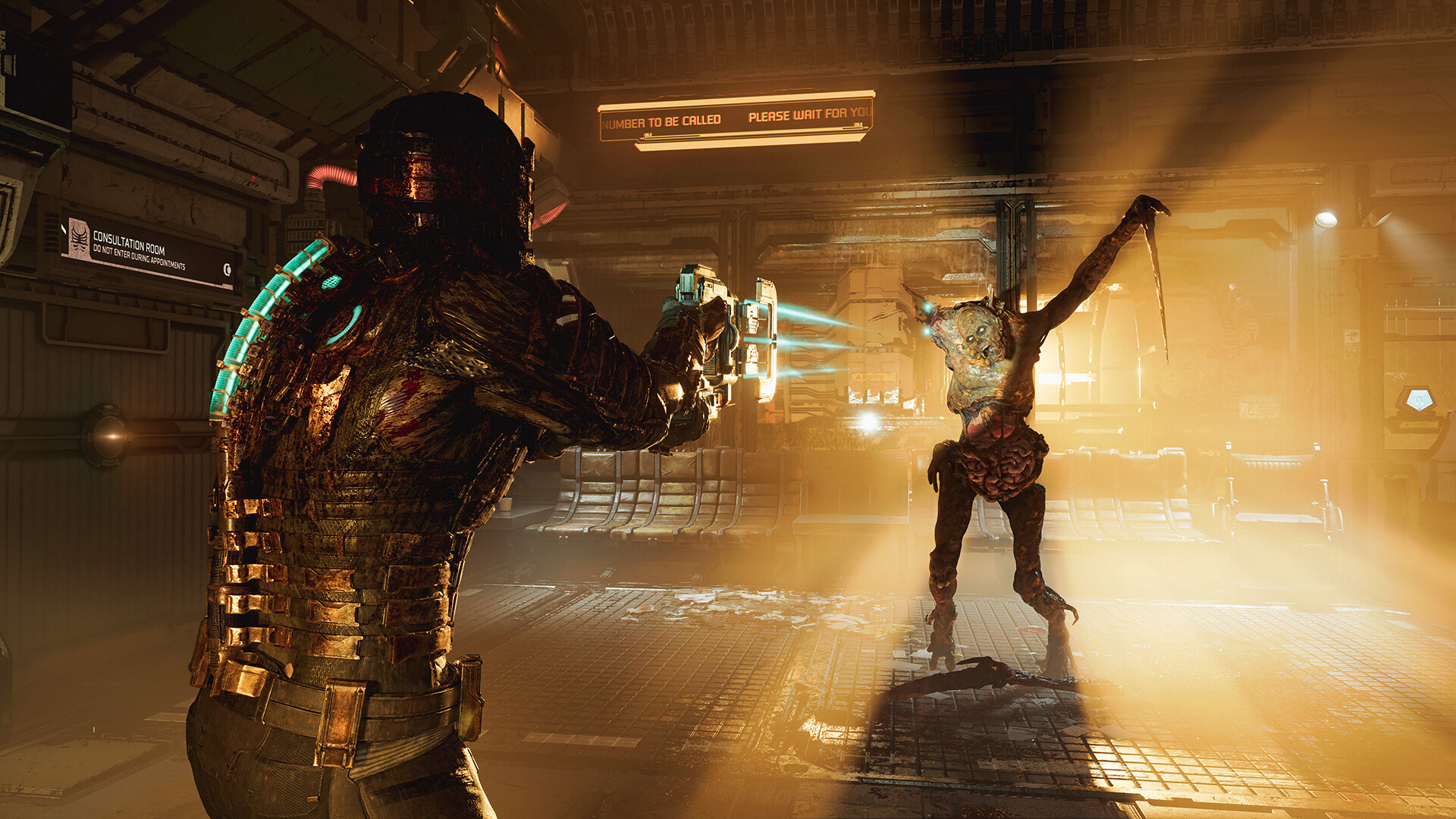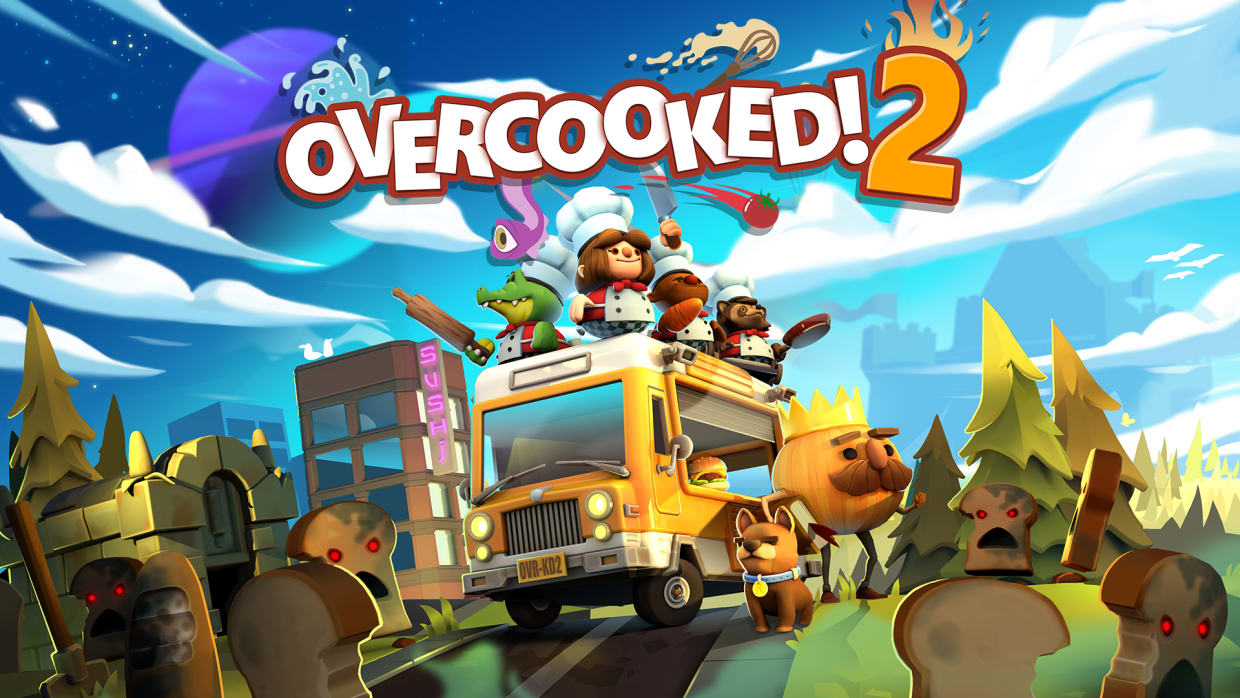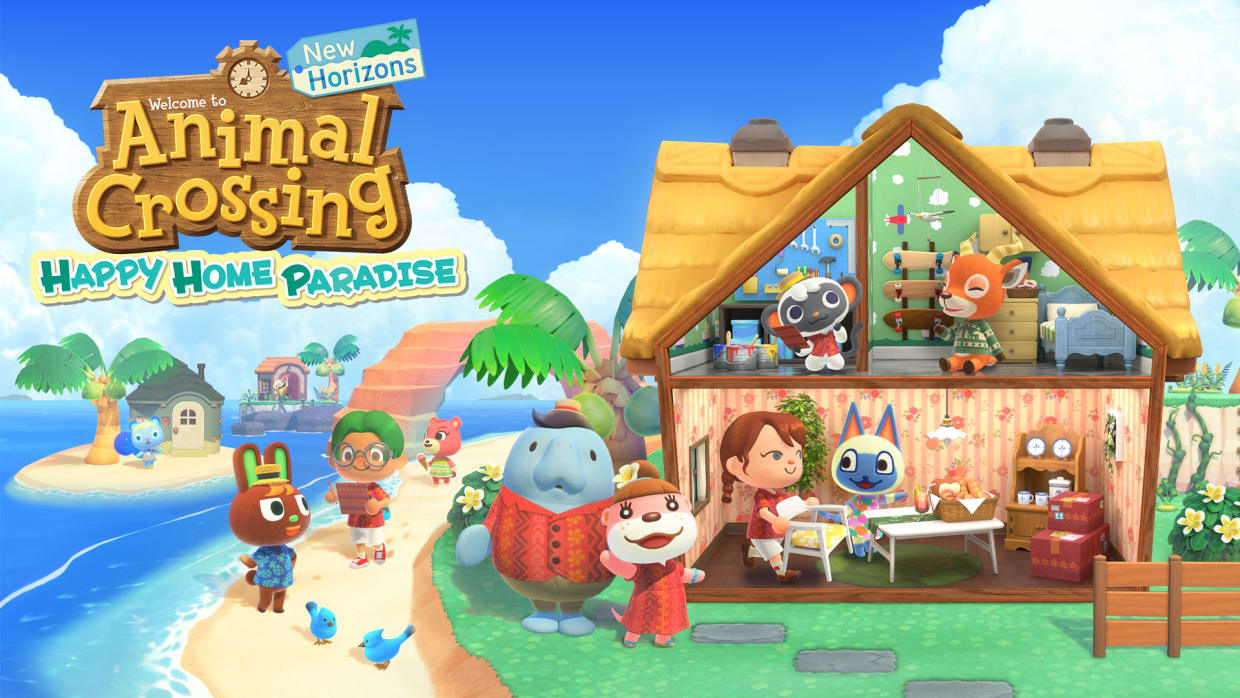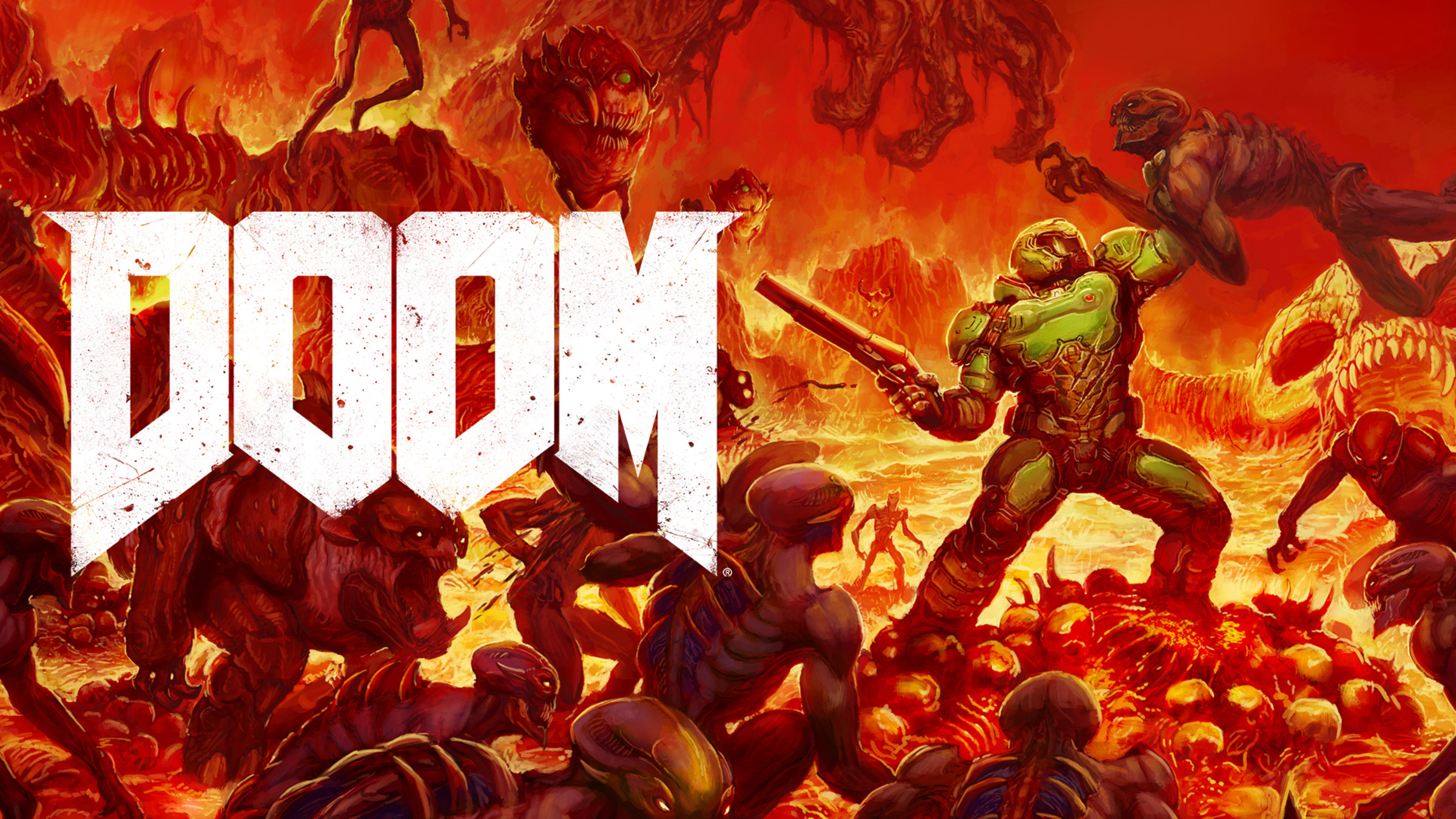Dead Space
Dead Space is a game that has left a lasting impact on the horror genre within the gaming industry. Developed by Visceral Games and released in 2008, Dead Space combines elements of survival horror and third-person shooting to create a truly immersive and terrifying experience for players. In this article, we will delve into the depths of Dead Space, exploring its storyline, gameplay mechanics, visuals, sound design, reception, and more.
Introduction
Dead Space introduces players to a chilling sci-fi universe where they take on the role of Isaac Clarke, an engineer aboard the USG Ishimura, a massive mining starship. As Isaac navigates through the dilapidated corridors of the Ishimura, he must not only fight for his survival against horrific creatures known as Necromorphs but also uncover the dark secrets that lie hidden within the ship.
Horror games play a crucial role in the gaming industry by offering players a unique and intense experience that taps into their fears and emotions. Dead Space, in particular, has been praised for its ability to deliver a sense of dread and tension that keeps players on the edge of their seats throughout the game.
The Storyline of Dead Space
Central to the narrative of Dead Space is Isaac Clarke, a silent protagonist who must battle not only the Necromorphs but also his own inner demons as he searches for his missing girlfriend, Nicole. The game unfolds as Isaac and a small group of survivors attempt to repair the Ishimura while facing the relentless onslaught of the Necromorph horde.
At the heart of the story lies the Marker, a mysterious alien artifact that plays a pivotal role in the events onboard the Ishimura. As Isaac delves deeper into the ship’s dark secrets, he uncovers the true nature of the Marker and the devastating consequences of its influence on the crew.
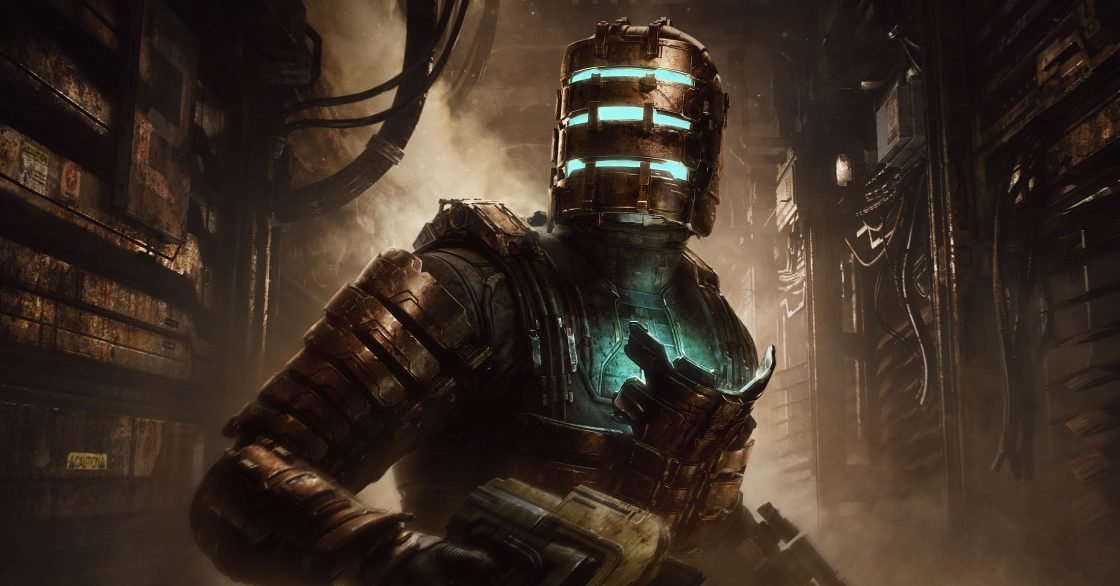
Gameplay Mechanics
Combat System in Dead Space
Dead Space revolutionized the third-person shooter genre with its innovative “strategic dismemberment” gameplay mechanic. Instead of simply aiming for headshots, players must strategically target the limbs of the Necromorphs to effectively take them down. This unique approach to combat adds a layer of tactical depth to the gameplay, requiring players to think on their feet and adapt to each encounter.
Exploration and Puzzle-Solving Elements
In addition to its intense combat sequences, Dead Space also features elements of exploration and puzzle-solving. Players are encouraged to explore the dark and foreboding environments of the Ishimura to uncover valuable resources, ammunition, and hidden secrets. The game’s puzzles are designed to challenge players’ problem-solving skills while enhancing the overall immersion of the experience.
Resource Management and Upgrading Weapons
Resource management is a key aspect of Dead Space, requiring players to carefully ration their ammunition, health packs, and other supplies to survive the onslaught of Necromorphs. In addition, players can upgrade Isaac’s weapons and abilities using power nodes found throughout the Ishimura, allowing for greater customization and effectiveness in combat.
Visuals and Sound Design
Detailed Graphics and Visual Effects
Dead Space boasts impressive visuals and detailed character designs that bring the dark and eerie atmosphere of the Ishimura to life. The game’s use of lighting and shadow effects enhances the sense of isolation and fear, immersing players in a world that is as beautiful as it is terrifying.
Creepy Sound Effects and Soundtrack
Sound design is a crucial element of the horror experience in Dead Space, with eerie ambient sounds, chilling whispers, and terrifying creature noises adding to the tension and atmosphere of the game. The haunting soundtrack further intensifies the sense of dread, building suspense and keeping players on edge throughout their journey.
The Use of Lighting to Create Atmosphere
One of Dead Space’s most effective techniques is its use of dynamic lighting to create a sense of unease and suspense. Dark corridors, flickering lights, and shadows that seem to conceal hidden threats all contribute to the game’s oppressive atmosphere, heightening the feeling of vulnerability and danger for the player.
Reception and Reviews
Critical Acclaim for Dead Space
Upon its release, Dead Space received widespread critical acclaim for its innovative gameplay, immersive atmosphere, and compelling storyline. The game was praised for its fresh take on the horror genre and its ability to deliver genuine scares and thrills to players.
Comparison with Other Horror Games
Dead Space is often compared to other iconic horror games such as Resident Evil and Silent Hill for its atmospheric design, tense gameplay, and psychological storytelling. While each of these games offers a unique horror experience, Dead Space stands out for its focus on strategic dismemberment and its sci-fi setting.
Player Feedback and Community Reception
The Dead Space community has remained passionate and engaged with the game since its release, sharing fan theories, artwork, and discussions about the franchise’s future. While the series has seen ups and downs with subsequent sequels, the original Dead Space remains a beloved classic among horror game enthusiasts.
Conclusion
Dead Space has left an indelible mark on the horror genre, pushing the boundaries of what a video game can achieve in terms of atmosphere, storytelling, and gameplay. From its unforgettable narrative and memorable protagonist to its innovative combat mechanics and terrifying enemies, Dead Space continues to captivate players and inspire new generations of horror game developers.
In conclusion, Dead Space is a must-play for fans of horror games and a testament to the power of interactive storytelling in the gaming medium. Its legacy lives on in the hearts of those who have braved its dark corridors and faced the horrors that lurk within, making it a timeless classic that will continue to haunt players for years to come.
Related Article: Read our in-depth review of Dead Space
INTERESTING TIPS TO IMPROVE YOUR GAME
In the gaming landscape, horror games hold a special place, offering players a unique and immersive experience that evokes fear, tension, and excitement. Dead Space, developed by Visceral Games and released in 2008, stands out as a prime example of a game that merges survival horror and third-person shooting elements to deliver a spine-chilling adventure. Let’s unravel the horror-filled journey of Dead Space and explore why it has become a significant title in the gaming industry.
Horror games offer an avenue for players to delve into their deepest fears and emotions, providing a level of engagement and thrill that is unparalleled in other genres. Dead Space takes players on a terrifying journey through the eyes of Isaac Clarke, an engineer aboard the USG Ishimura, a colossal mining starship plagued by nightmarish creatures known as Necromorphs. As players navigate the haunted corridors of the Ishimura, they not only fight for survival but also unravel a sinister mystery lurking within the ship’s shadows.
Key Tips Table:
| Topic | Details |
|---|---|
| Developer | Visceral Games |
| Release Year | 2008 |
| Genre | Survival Horror, Third-Person Shooter |
| Protagonist | Isaac Clarke |
| Antagonist | The Marker |
| Gameplay Innovation | Strategic Dismemberment |
| Sound Design | Eerie Ambient Sounds, Chilling Soundtrack |
| Critical Acclaim | Innovativeness, Immersive Atmosphere |
| Community Engagement | Fan Theories, Artwork, Discussions |
The protagonist of Dead Space, Isaac Clarke, serves as the focal point of the game’s narrative. A silent hero burdened by the search for his missing girlfriend, Nicole, Isaac not only battles the physical monstrosities aboard the Ishimura but also wrestles with his own inner demons. The gripping storyline unfolds as Isaac, accompanied by a group of survivors, races against time to uncover the secrets shrouding the Ishimura, with the enigmatic Marker looming large in the background, its influence casting a dark shadow over the events onboard.
Further enhancing the gameplay experience in Dead Space are its distinctive mechanics that set it apart from conventional third-person shooters. An innovative feature known as “strategic dismemberment” requires players to strategically target the limbs of Necromorphs rather than aiming for headshots. This tactical approach adds depth and intensity to combat encounters, demanding quick thinking and precision from players to overcome the gruesome foes they face.
Gameplay Mechanics:
- Combat System:
- Strategic Dismemberment
- Targeting Limbs for Efficient Kills
- Exploration and Puzzles:
- Uncovering Resources and Secrets
- Engaging Puzzle-Solving Elements
- Resource Management:
- Rationing Ammunition and Supplies
- Weapon and Ability Upgrades for Customization
In terms of visuals and sound design, Dead Space excels in creating a visually stunning and audibly immersive atmosphere that amplifies the horror experience. The game’s detailed graphics and character designs bring the haunting environments of the Ishimura to life, submerging players in a world teeming with beauty and terror. The clever use of lighting and shadow effects heightens the feeling of isolation and impending danger, keeping players on edge at every turn.
Sound design plays a pivotal role in elevating the horror quotient of Dead Space. Eerie ambient sounds, spine-chilling whispers, and bone-chilling creature noises contribute to building tension and dread, adding layers of fear to the gameplay. The haunting soundtrack further intensifies the game’s atmosphere, fostering a sense of unease that lingers long after the game is turned off.
Visuals and Sound Design:
- Detailed Graphics:
- Immersive Environment Design
- Eerie Character Visuals
- Sound Design:
- Ambient Sounds and Whispers
- Terrifying Creature Noises
- Lighting Atmosphere:
- Use of Dynamic Lighting
- Flickering Lights and Concealed Threats
The reception of Dead Space among critics and players alike has been overwhelmingly positive. The game garnered praise for its innovative gameplay, immersive world-building, and compelling narrative that kept players engaged from start to finish. Often compared to renowned horror titles like Resident Evil and Silent Hill, Dead Space stands out for its unique blend of strategic dismemberment combat and sci-fi setting, carving its own niche in the horror genre.
The community surrounding Dead Space remains active and passionate, with fans sharing theories, creating artwork, and engaging in discussions about the beloved franchise. While subsequent sequels in the series have had varying degrees of success, the original Dead Space continues to be revered as a classic among horror game enthusiasts, leaving an enduring impact on the gaming landscape.
Reception and Reviews:
- Critical Acclaim:
- Innovative Gameplay and Atmosphere
- Compelling Storyline and Narrative
- Comparison with Other Games:
- Unique Combat Mechanics and Setting
- Standout in the Horror Genre Landscape
- Community Engagement:
- Active Fan Base and Discussions
- Enduring Legacy Despite Sequel Variances
In conclusion, Dead Space stands as a testament to the power of interactive storytelling and immersive gameplay experiences in the horror genre. Its lasting legacy, marked by a memorable protagonist, innovative gameplay mechanics, and chilling atmosphere, cements its position as a timeless classic that continues to captivate new generations of horror game enthusiasts. For those seeking a spine-tingling adventure filled with dread and excitement, Dead Space remains a must-play title that guarantees an unforgettable journey through the shadows of fear and survival.

